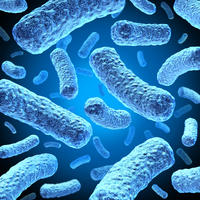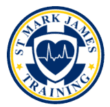Bacterial Meningitis: An Infection That Can Kill in Hours
Bacterial meningitis is a serious medical emergency that can kill a child in hours. Parents should know how to recognize its early symptoms to prevent life-threatening complications.
A little knowledge can go a long way in cases of medical emergencies. Unlike in adults, simple fever in very young children can actually prelude a serious medical emergency. Knowing how to recognize the early symptoms of serious health conditions in children can help ensure prompt and proper first aid.
One type of infection that can cause death in very young children is bacterial meningitis – a life-threatening infection of the brain that leads to the swelling of the delicate brain tissues. If not detected and treated early, it can cause death in just hours. But what is even scarier is that it is difficult to recognize especially in very young children.
Although bacterial meningitis is rather uncommon, very young children are at greater risk of contracting this infection due to their increased exposure to infections and underdeveloped immune systems.
Meningitis is a general term that refers to the inflammation of the meninges – the tissues that cover the brain and spinal cord. It usually occurs when bacteria travels through the bloodstream and somehow find a way to the brain and spinal cord. The inflammation of the brain can cause a wide range of serious adverse effects that can progress rapidly in hours, usually within the first 24 hours.
The best way to counter and prevent health complications arising from bacterial meningitis is to know the signs and symptoms and to provide the right first aid.
Common symptoms in very young children and infant include:
• Fever
• Refusing to eat or drink
• Vomiting
• Whimpering and high-pitched moaning cry
• Irritability when being held
• Difficulty rousing or increased sleepiness
• Knees are brought up toward the body when the neck is bent forward
• Pain in the legs when bent
• Inability to straighten lower legs after the hips have been flexed 90 degrees
• Blank, staring expression
Usually, the child develops small clusters of tiny pinpricks that eventually change into purplish rash. Unlike regular rash that turns white when pressed, the rash that accompanies bacterial meningitis does not. This suggests infection of the blood.

Quick and accurate diagnosis of bacterial meningitis is crucial. Every hour counts when it comes to ensuring the life of the child. If you are not sure about the symptoms of your child but suspects a serious medical condition, be sure to contact your healthcare provider or visit the nearest emergency department.
Better yet, attending a basic first aid training course can provide you with knowledge and skills on how to recognize and respond in different medical emergencies.
